It’s hard to believe that the most popular fighting game franchise in the world, Mortal Kombat, is almost thirty years old. Considering its age, it shows no signs of slowing down, with the games still being rabidly purchased and played by gamers and the new film set to reinvigorate the franchise for a whole new generation of fans.
Despite this new cinematic outing, the bulk of Mortal Kombat’s popularity and narrative additions have come from the games. With three decades of material to draw from, the film (and possible sequels) should be able to mine the best elements from the ten best games in the franchise.
Mortal Kombat II – (IGN Rating: 7.3)
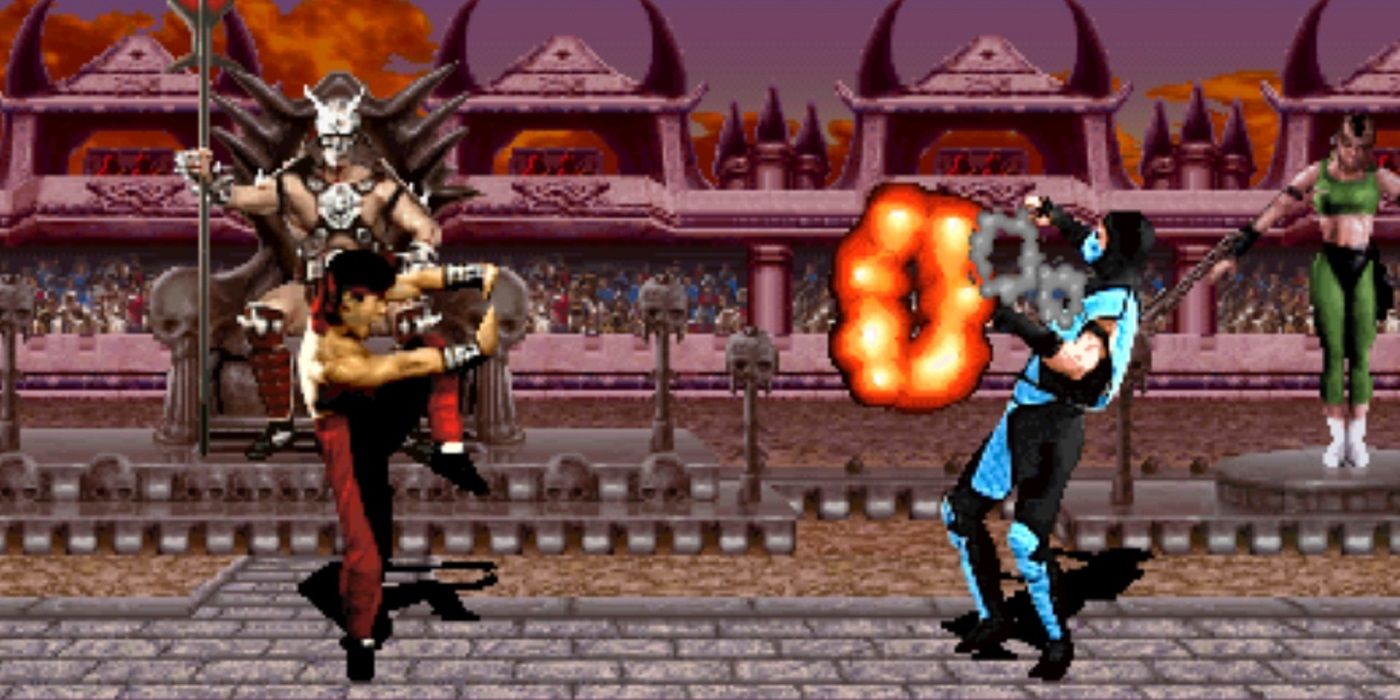
The first sequel in the franchise, Mortal Kombat II, expanded on a successful formula and introduced many of the characters, locales, and fatalities that have become entrenched in the lore ever since. The realm of Outworld, Friendship fatalities, and characters like Shao Kahn, Kitana, Jax, Mileena, Kung Lao and Baraka, all had their genesis in this game.
Moving the tournament to Outworld allowed Shao Kahn and Shang Tsung the home-field advantage, bolstered by the presence of the formidable Shokan warrior, Kintaro. Yet despite stacking the deck, the forces of Outworld were once again defeated by Liu Kang and the warriors of Earthrealm.
Mortal Kombat vs DC Universe – (IGN Rating: 7.5)
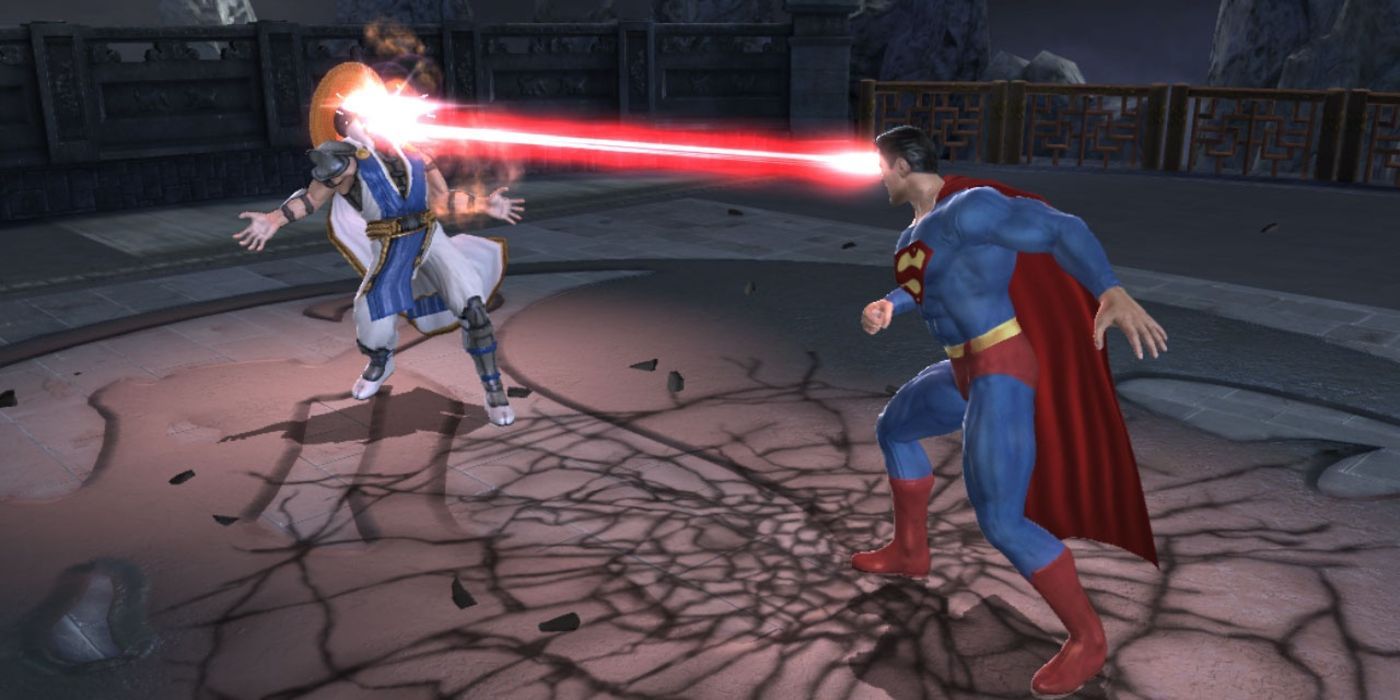
Crossovers are all the rage these days, as the success of the MCU stands testament to. Jumping on the bandwagon, the developers of the Mortal Kombat games paired their property with the characters of the DC Universe in 2008’s Mortal Kombat vs DC Universe.
With the merger of Shao Kahn and Darkseid into the villain Dark Kahn, the heroes from both universes strove to keep their realms from amalgamating and erasing existence as they knew it forever. Although the violence was significantly pared down, fans could finally see dream matchups like Batman vs Scorpion, Raiden vs Superman, and Kitana vs Wonder Woman unfold.
Mortal Kombat: Armageddon – (IGN Rating: 7.8)
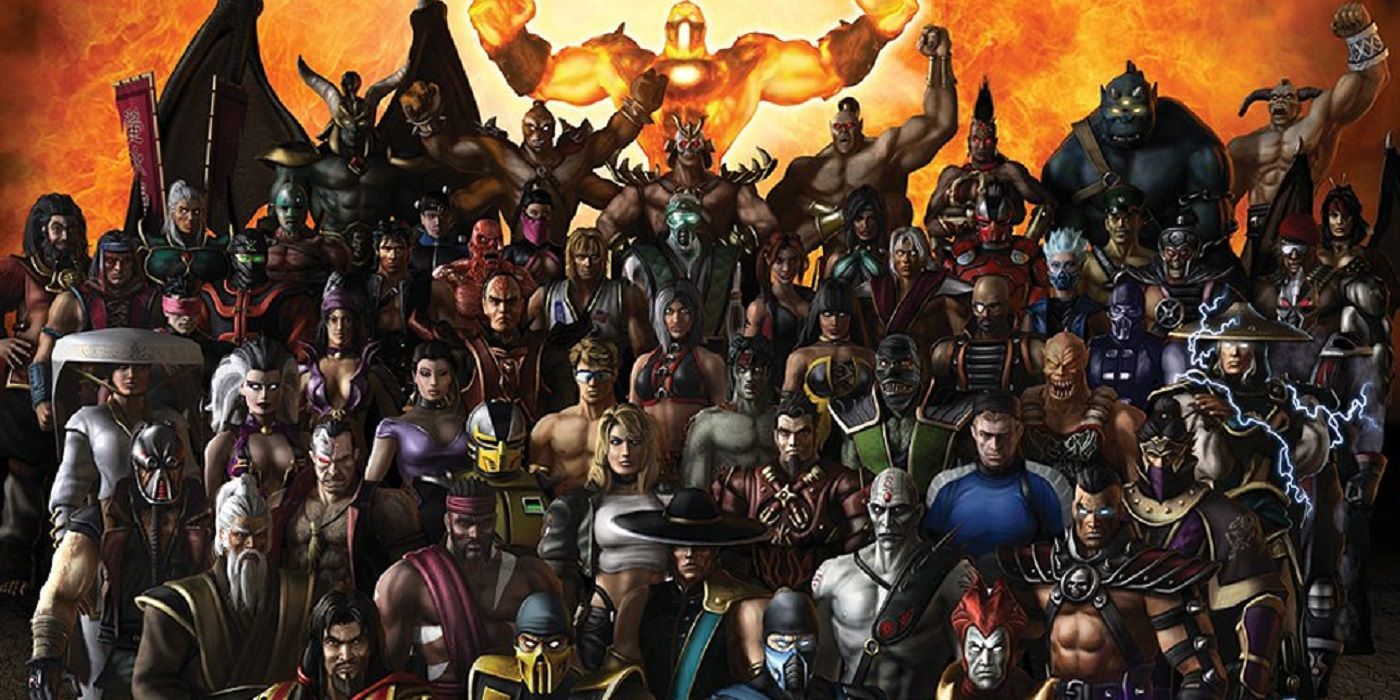
By the time Mortal Kombat: Armageddon was released, the franchise was six games in and the roster had bloated out to sixty-plus fighters. The series needed a narrative reboot before heading to the next platform, and also sought to whittle down the number of characters it had in a grandiose fashion.
Armageddon served all those purposes by pitting every combatant that had ever appeared in any game against each other in one, winner-take-all final battle. The game was also innovative in its customizable fighter and fatality options and was an epic send-off to the narrative continuity that had been established to that point.
Mortal Kombat – (IGN Rating: 7.8)
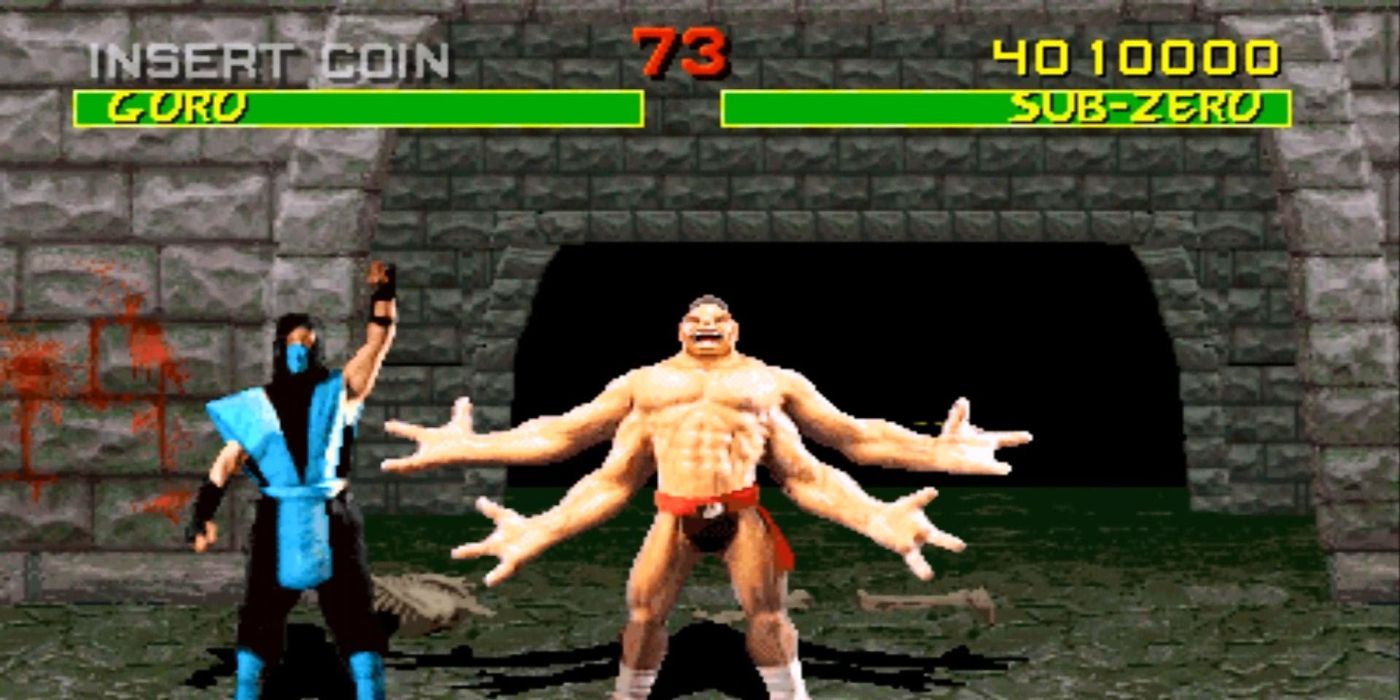
The game that started it all, Mortal Kombat revolutionized fighting games forever. Rather than depict cartoonish characters with exaggerated features, Mortal Kombat used digitized renderings of human actors in its gameplay. As well, it incorporated copious amounts of blood and gore into the gameplay which culminated in a “Fatality,” or finishing move that was especially deadly and gruesome.
The level of realistic violence was a cause for concern for many parent groups, directly leading to the development of a rating system for video games. But for fans of the franchise, it will always remain a beloved introduction into the world of Mortal Kombat.
Mortal Kombat 4 – (IGN Rating: 8.0)
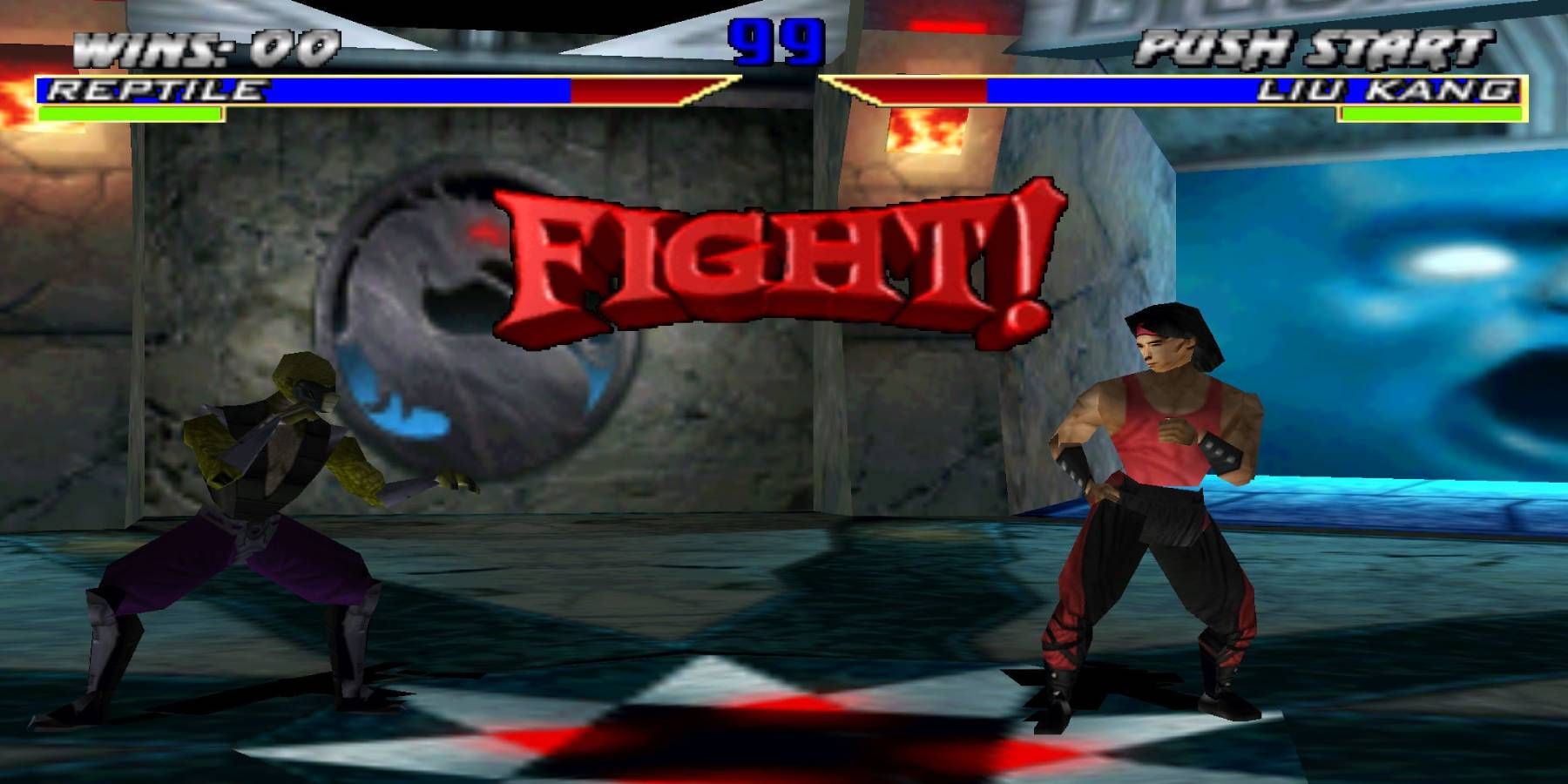
A big part of Mortal Kombat’s popularity was due to the realistic appearance of its fighters, achieved through the digital rendering of real-life actors. Mortal Kombat 4 was the first time developers abandoned this formula for computer-generated 3D renderings of their characters. Also, the game added a sidestep function which allowed players to move out of the way of an opponent’s attacks, as well as giving each fighter a weapon.
The game also featured the return of the fan-favorite villain Goro, as well as introducing both the sorcerer Quan Chi and the fallen Elder God Shinnok as playable characters.
Mortal Kombat – (IGN Rating: 8.0)
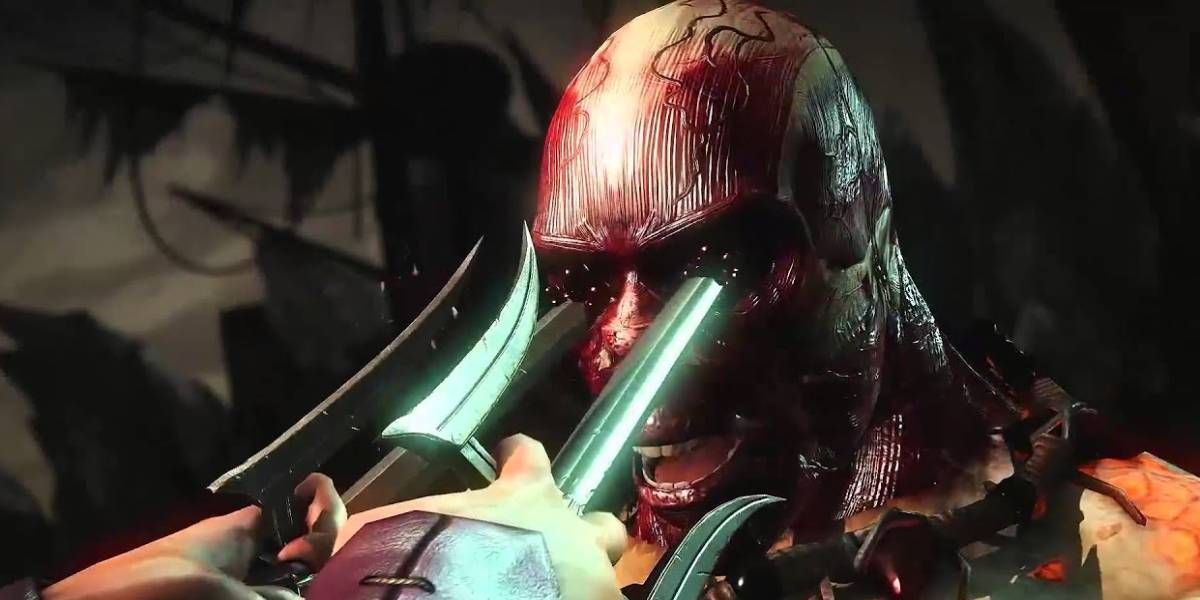
2011’s Mortal Kombat was a much-needed reboot of the franchise, which had been bogged down by the weight of its own narrative and the plethora of characters it had created.
Mortal Kombat revisited the events of the first three games using a form of time travel. Having been defeated by Shao Kahn at the summit of Blaze’s temple at the conclusion of Armageddon, Raiden sent a message to his past self in order to change the future. This back-to-basics approach included all the classic characters who appeared in the first trilogy while adding new features like the brutal X-Ray attack.
Mortal Kombat X – (IGN Rating: 8.4)
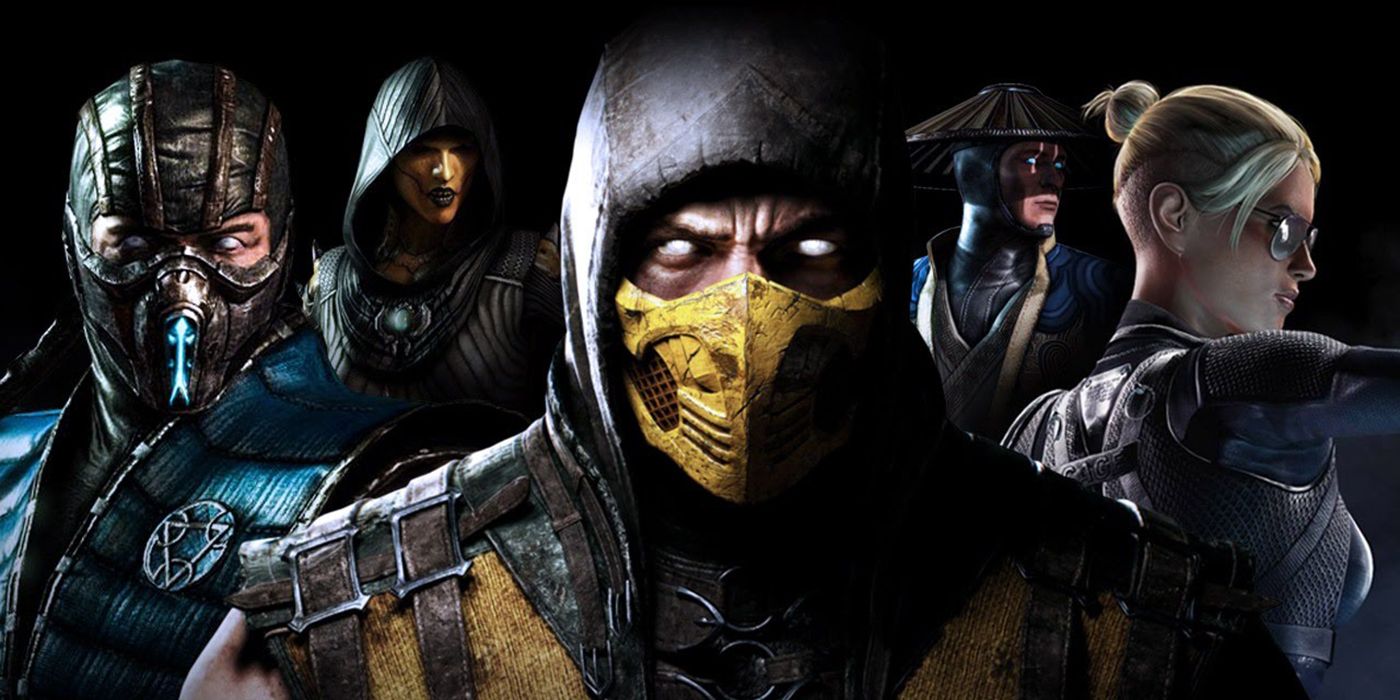
A direct sequel to 2011’s reboot, Mortal Kombat X continued the new timeline by exploring how a majority of Earthrealm’s warriors, now revenants, sided with Shinnok in his bid to conquer the realms from the Netherrealm. Fast-forwarding twenty years into the future, the game also introduced exciting new characters to the game like the new Emperor of Outworld, the Aztec-adorned Kotal Kahn; the western-themed “mysterious stranger,” Erron Black; and the daughter of Sonya Blade and Johnny Cage, Cassie Cage. Returning were the X-Ray attacks from the previous game as well as Brutalities, while DLC was expanded to offer new characters like the long-rumored Scarlet.
Mortal Kombat 11 – (IGN Rating: 8.5)
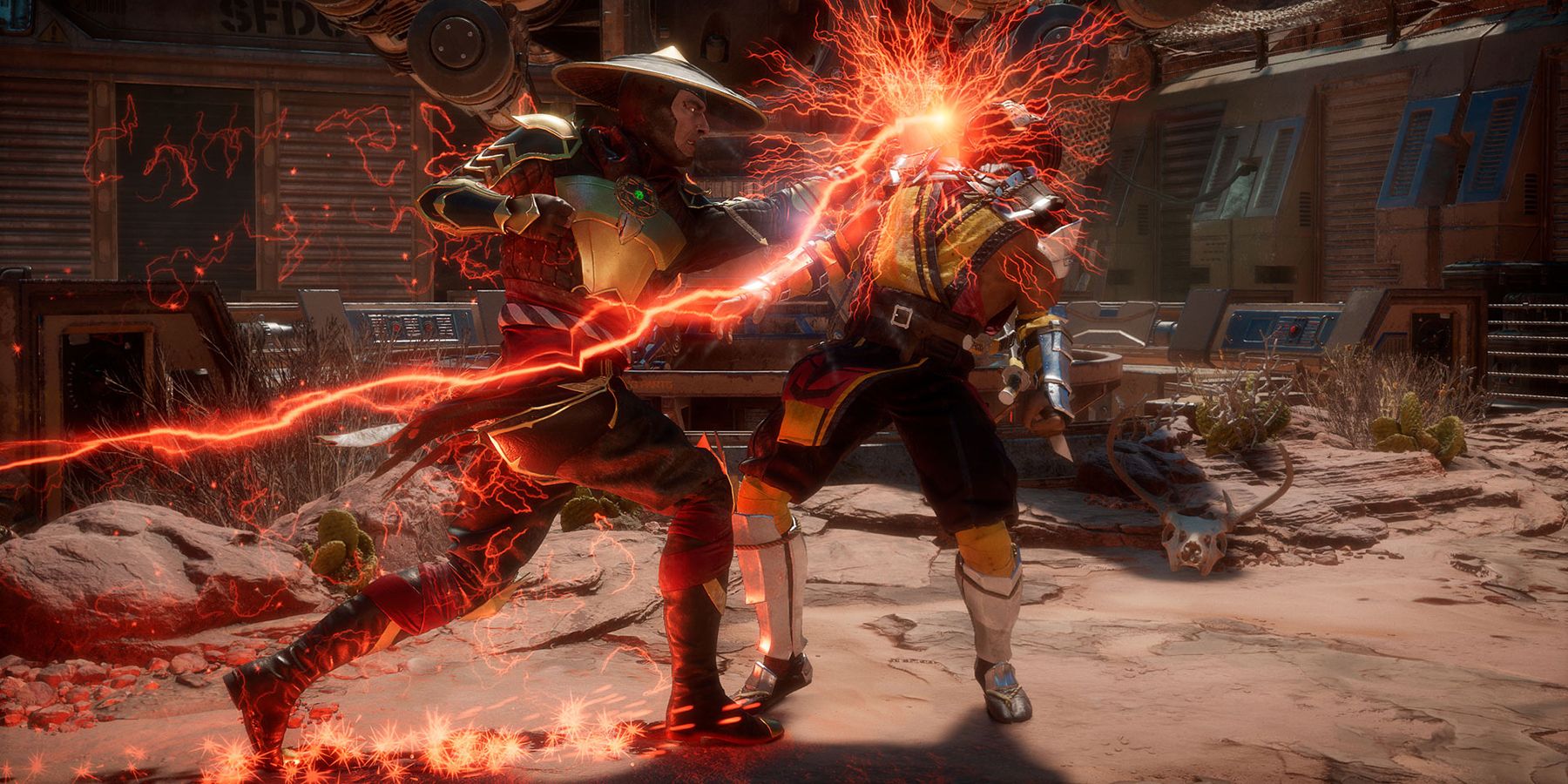
The latest installment in the Mortal Kombat Saga, Mortal Kombat 11 is the biggest and most expansive game in the series’ history. Aside from an initial roster of 25 playable characters, the game included 12 DLC characters and an expanded story mode also offered as DLC. Other game features included customizing characters across three fighting styles, online playing capabilities, and a sprawling side-quest adventure.
The game also introduced its first female antagonist in Kronika, an Elder God and the mother of Shinnok. Her time-based machinations left the series open to yet another potential narrative reboot by games’ end.
Mortal Kombat: Deadly Alliance (IGN Rating: 8.6)
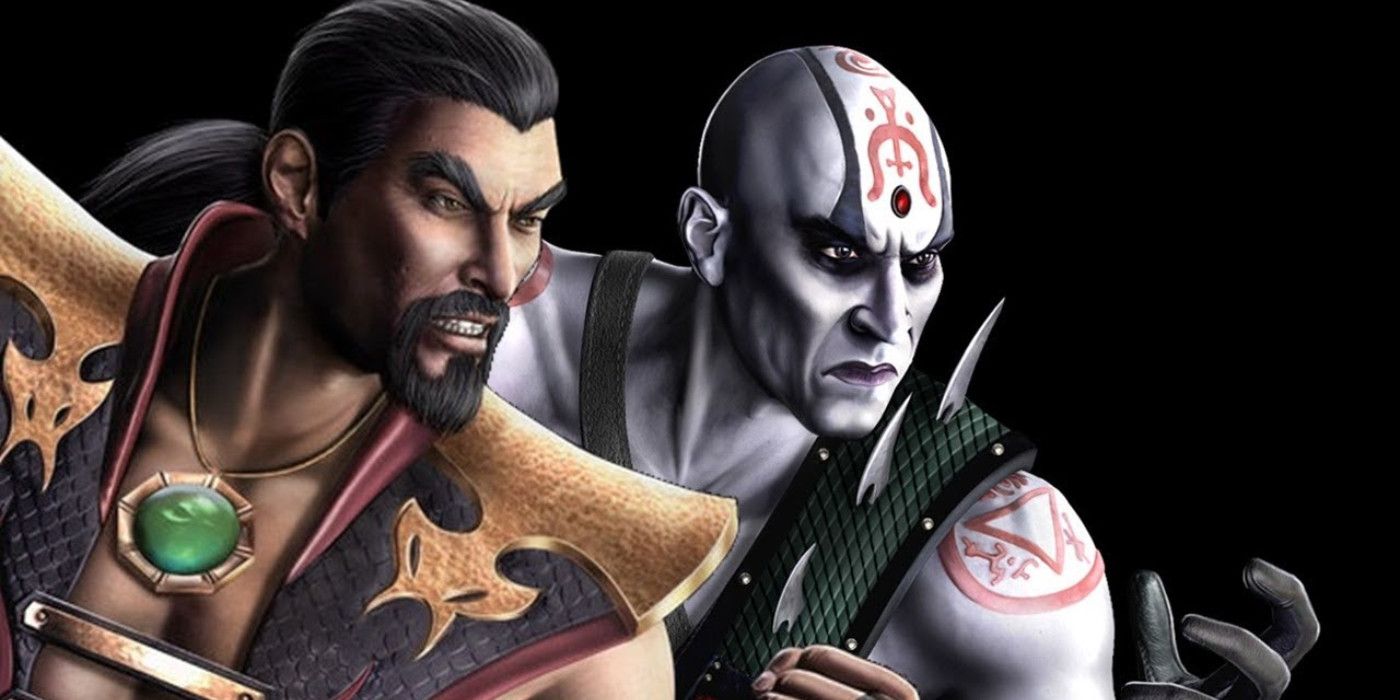
The first four installments in the Mortal Kombat series followed a tried, tested, and true formula: a mystical Big Bad threatened to take over Earthrealm in a martial arts tournament that despite being populated by the world’s best fighters, was won by Liu Kang.
To shake up that formula for the next generation of platforms, the developers decided to take a hard left with the narrative in Mortal Kombat: Deadly Alliance, as Liu Kang was killed in the first few minutes of the introductory cut scene. That, combined with the partnership of Shang Tsung and Quan Chi as the main antagonists, provided a much-needed shot in the arm to the ongoing story.
Mortal Kombat: Deception – (IGN Rating: 8.8)
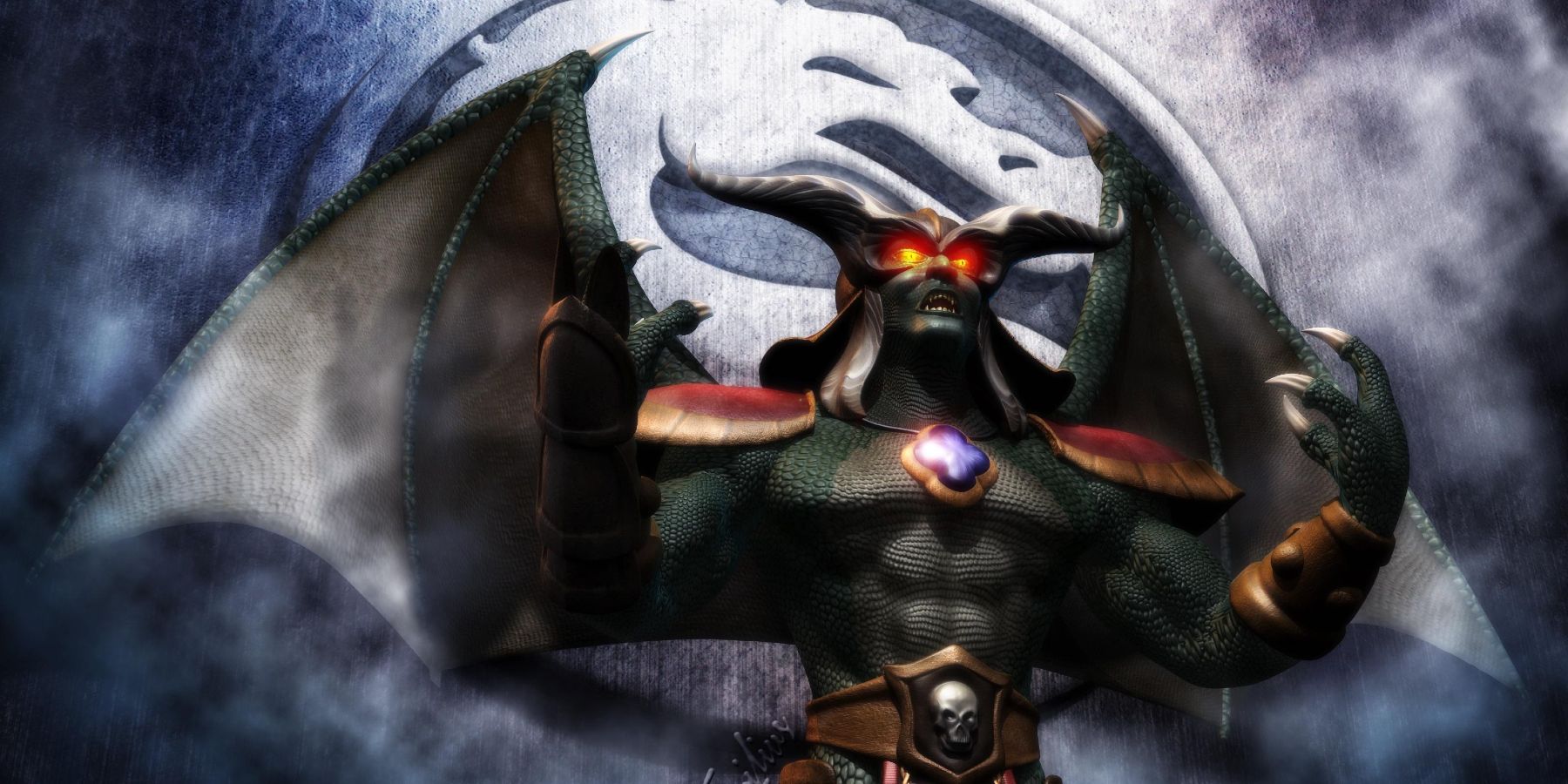
Mortal Kombat: Deception introduced exciting new narrative elements to the Mortal Kombat mythos. Firstly, the game began on a somber note, with all of Earthrealm’s warriors having been defeated by the Deadly Alliance. Also, the game introduced a formidable new villain in the form of Onaga, the former emperor of Outworld also known as the Dragon King. A new hero named Shujinko was also introduced, as well as an evil form of the Thunder God fans had come to know and love: Dark Raiden. The game amped up the gruesomeness of the individual and stage fatalities and introduced a combat/chess game hybrid, which was an interesting and enjoyable innovation.




